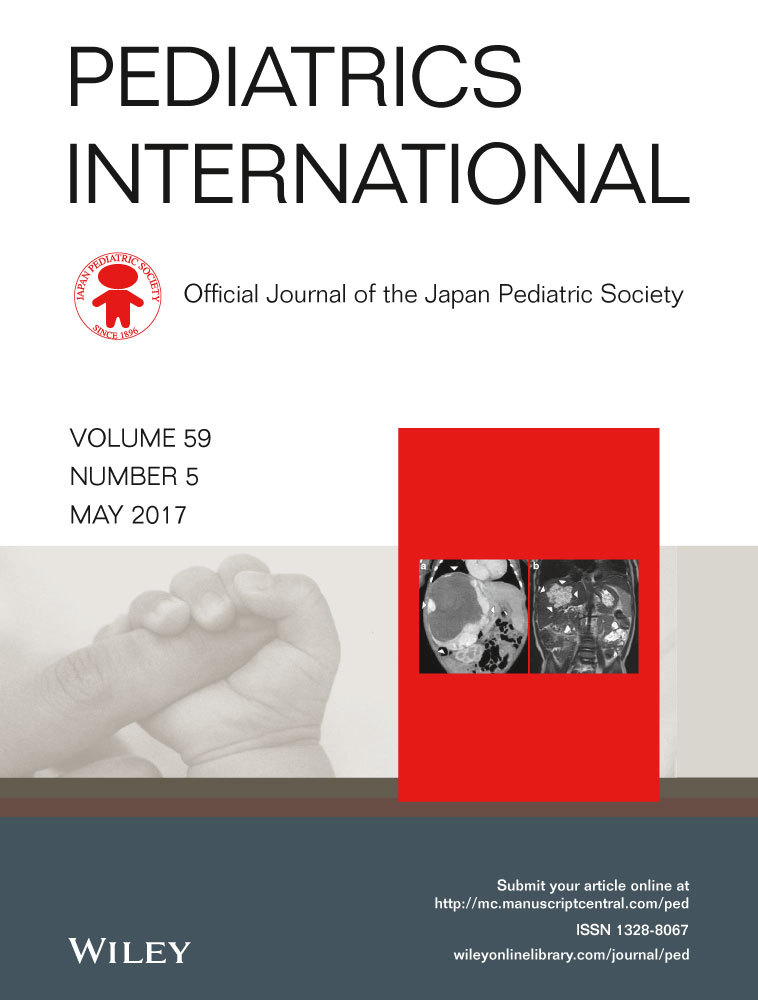Regulatory T cells and CTLA-4 in idiopathic nephrotic syndrome
Abstract
The pathogenesis of idiopathic nephrotic syndrome (INS) remains unknown. Recently, it was postulated that suppression of regulatory T cells (Treg) leads to massive proteinuria in INS, although there is some controversy. Considering the important role of cytotoxic T-lymphocyte-associated protein 4 (CTLA-4) in Treg-mediated immune suppression, the aim of this study was therefore to clarify the involvement of Treg and CTLA-4 in the pathogenesis of INS. Fifteen patients with INS were enrolled. Their blood was sampled twice, once at onset and once at remission induced by glucocorticoid. Although median Treg number was significantly lower at onset than in healthy children, it increased at remission. Similarly, serum CTLA-4 concentration significantly increased at remission compared with onset. Furthermore, a positive significant correlation was observed between Treg number and serum CTLA-4 level. This suggests that Treg and CTLA-4 are involved in the induction of remission in INS.




